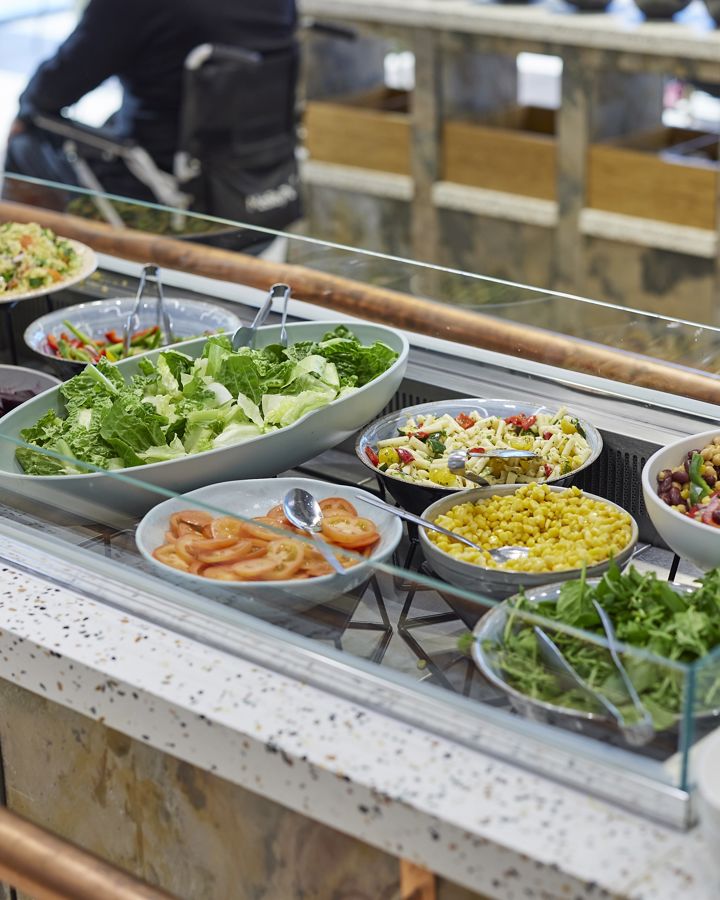The UK wastes 9.5m tonnes of food every year according to the Waste and Resources Action Programme (WRAP). This accounts for 36m tonnes of greenhouse gas emissions. When you consider 12% of that total comes from hospitality and food service, it’s clear the FM services and contract catering industry has a responsibility to act.
So, that’s exactly what we’ve done at 14forty
Our programme to reduce food waste in the business is a big part of our promise to be Climate Net Zero by 2030 and it’s become a passion for our chefs, too. Already, we have reduced food waste in our business by 30%. And people are asking us for advice on how to do it.
The first step is to deliver strategies for two types of food waste:
- Food waste before it gets to the consumer
- Plate waste
The next step, which is hugely important, is to put robust measurement in place and achieve total buy-in from those who conduct the measurement. Different businesses may identify different solutions, but we focused on reusing cuttings, leftovers and stalks that had previously been thrown away. This includes using broccoli stalks in soups or peelings in stews, kimchi or innovative slaws, and much more. The key here is in the planning of menus. If we know we are using broccoli in a recipe on a Monday, for instance, then our teams plan in broccoli soup for Tuesday lunchtime.
Plate waste strategy
To reduce plate waste, the most effective way to make an impact on food waste is to get portion sizes right.
Too often employees leave food on their plates because portion sizes are too big, or the food is too filling. Nutritionists can help here by designing menus that deliver the right level of nutrition and energy without requiring giant portions.
Inspiring home cooks
It is also important to consider what happens when your people go home when the working day is over.
WRAP’s statistics also show that 6.6m tonnes of food waste come from households – and that 70% of that total was made up of food that could have been eaten.
That’s a frightening statistic. But workplace caterers have the power to inspire people to try food waste recipes at home and take a greater interest in throwing less food away.
Our online cooking school, Kitchen Club, helps educate home cooks to use food waste in their recipes and create tasty dishes which are good for the environment.
Measurement
For a food waste campaign to be successful, it needs robust measurement and buy-in from all levels of the business to report figures accurately.
One way this can be achieved is by introducing a dashboard which is sent to unit managers and senior managers across the business.
Data collected can then be used to measure food waste and to identify recipes that result in too much waste.
Reusing cuttings off-cuts, trimmings and leftovers by-products, however, is the real key to making a difference – it’s not food waste, and we shouldn’t label it as that. Almost all parts of vegetables are edible, and we just need to find a different way of using them!
By Ryan Holmes, Culinary Director

